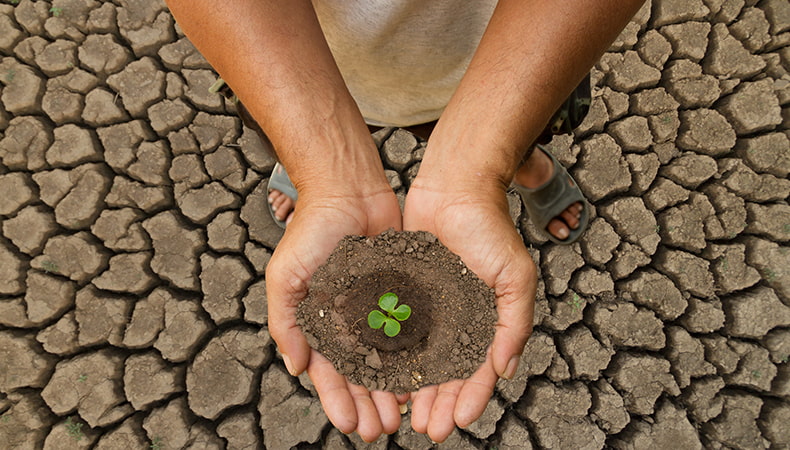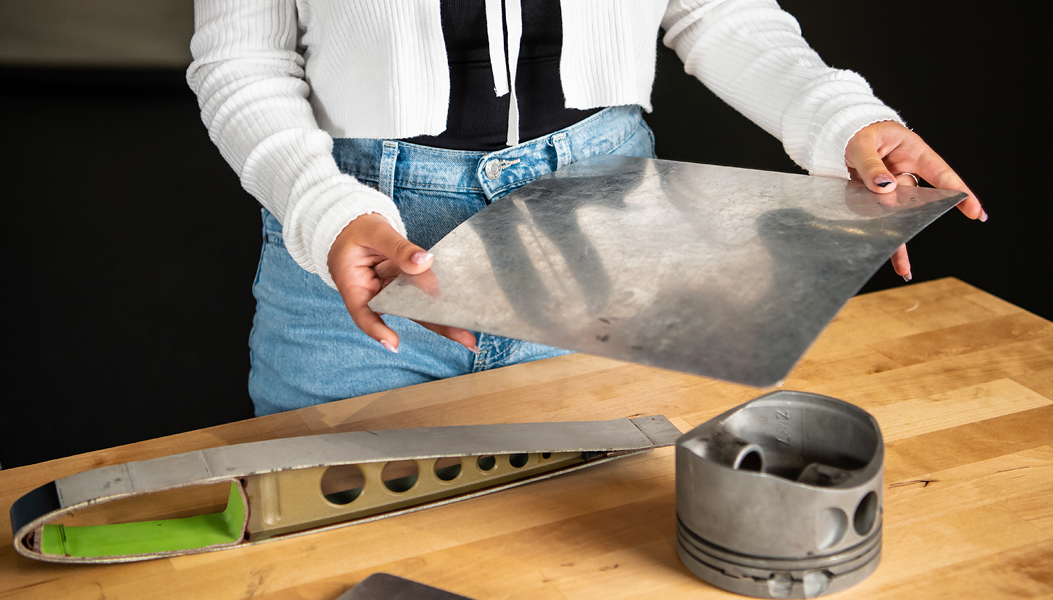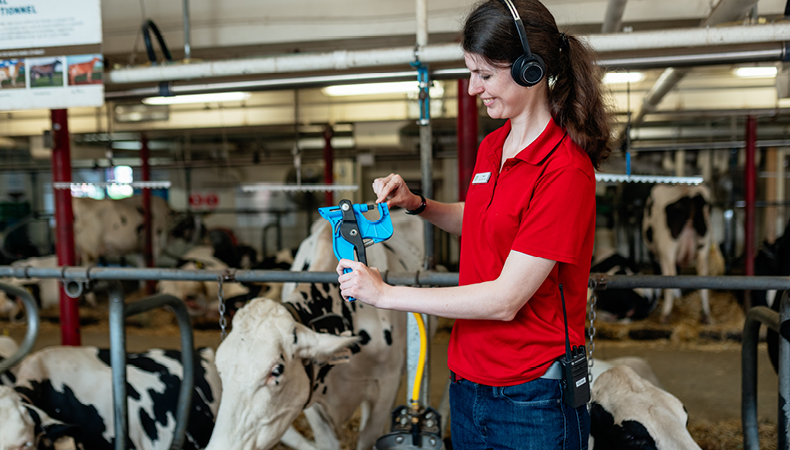Climate change adaptations
Grade 7 to 12 (Ontario)
Secondary cycle 1 to 2 (Quebec)
$140
60 minutes
Dates offered: September 15, 2024 to August 29, 2025
Max. group size: 30
This program encourages students to think about climate change adaptation and mitigation through a variety of activities. Students will develop a better understanding of the factors that contribute to climate change, and the effects of climate change on society, the economy, and the environment. They will also take on the role of exhibition designer; they will consider the choices involved in creating a museum exhibition related to climate change, and will be challenged to create content to inspire its audience and provoke thoughtful reflection.
This program is offered virtually via Zoom. We have implemented the following measures to ensure that our virtual programming is safe and secure:
- Waiting room to prevent uninvited guests from joining the meeting
- Controls in place to control if and when students can chat and share content
- End-to-end encryption to ensure proper security
- Recording of program is not permitted by any party

Curriculum links
| Life systems | Energy |
|---|---|
| Ecosystems: Courses of action intended to remedy or mitigate negative impacts on the sustainability of ecosystems. | Consumption: Impact of personal choices on consumption of energy and resources. |
| Biodiversity: Innovations and initiatives aimed at mitigating the effect of climate change on biodiversity. | Conservation: National initiatives for reducing our use of energy and resources, thereby mitigating negative impacts to the environment |
| Heat and the environment: Initiatives aimed at reducing heat in urban areas, as well as the effects of rising heat on communities in the Arctic. |
| Sustainability & climate change | Other |
|---|---|
| Human impacts: Natural and human factors that influence Earth’s climate and climate change. | Science communication: Designing methods of communicating Canadian climate change innovations and initiatives. |
| Climate change: Initiatives and technologies that attempt to address the issue of climate change. | Transportation technology: Impacts of climate change on transportation in the Arctic and initiatives aimed at creating more sustainable methods of transportation. |
| Geography: Issues related to the distribution, availability, and development of resources in Canada. |
Fees
$140 per session. We request a maximum of 30 students or one classroom per session, in order maximize the educator’s ability to interact with your students.
Your school may be eligible for financial support. For more information, contact the customer engagement team.
Reservations
Booking requests can be made through our school programs reservation request form.
You can also connect directly to our customer engagement team:
Email: [email protected]
Phone: 613-991-3053 or 1-866-442-4416
You may also be interested in

Exploring Canada’s energy future
- Grade 7 – Grade 12
- Secondary cycle 1 – Secondary cycle 2
Students will get to know Canada’s energy system by exploring energy production and consumption across the country, and learn about the role of the Canada Energy Regulator.

Aviation and technology
- Grade 9 – Grade 11
- Secondary cycle 1 – Secondary cycle 2
Students will come along on a virtual tour of a variety of aircraft and will see samples of the materials used to build them.

Genetics and dairy cows
- Grade 11 – Grade 12
- Secondary cycle 2
Witness how genetics can be applied in real life! Through various activities, students learn how dairy farmers can improve the genetic make-up of their herd.